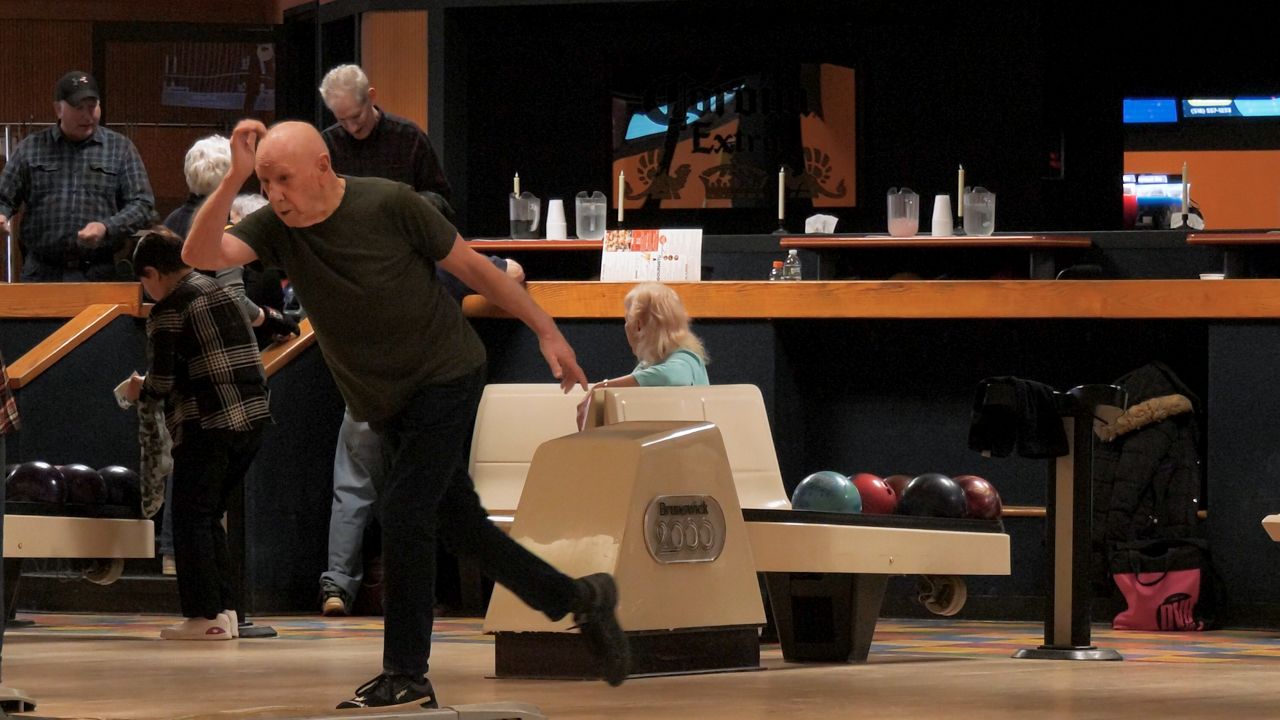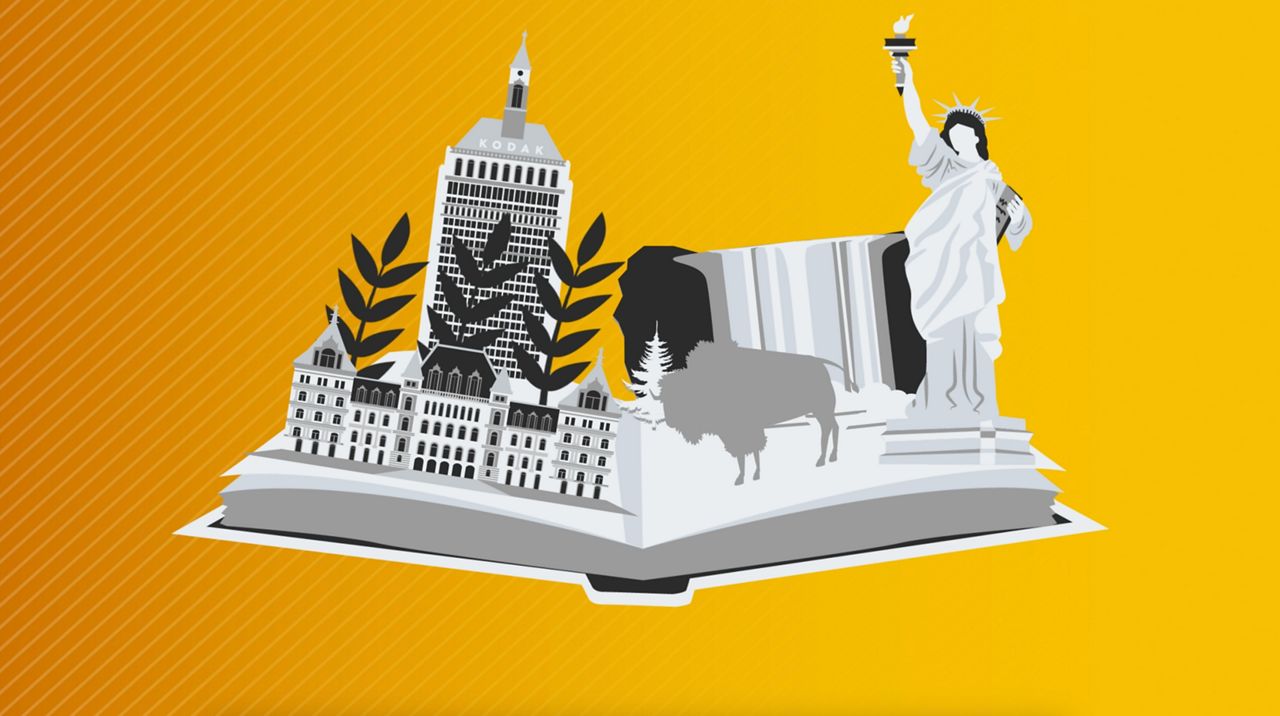The American Red Cross, in the wake of multiple natural disasters across the country, says it's stretched for volunteers.
"We have close to 60 volunteers that we've deployed right here from the Eastern New York region, which is an incredible number, but in the weeks to come, some of these volunteers will come home and need to be replaced with other volunteers going out to serve the communities," said Kevin Coffey, CEO of the American Red Cross of Eastern New York.
What You Need To Know
- The American Red Cross of Eastern New York has already deployed about 60 volunteers to disaster relief efforts across the U.S., but needs volunteers all over the country
- With multiple disaster relief efforts underway, and the pandemic putting restrictions on who can travel to volunteer, they are more stretched for volunteers than usual
- Volunteer training is virtual due to the pandemic and only requires a minimum of five hours to get started
- If you're unable to volunteer, the Red Cross also constantly needs blood donors and monetary donations to help those most impacted in disaster zones
Christian Callaway of Albany is one of them. He's deployed 15 times over the last decade to disaster relief missions across the country. In the last few weeks, he went from Texas to Louisiana and back to Texas in the wake of Hurricanes Laura and Sally, and now, he's in Oregon amid wildfires.
"There's so many avenues and so many challenges, that if you like challenges, if you like wanting to be part of something bigger, this is definitely what you want," Callaway said.
Callaway says they are taking extra precautions in shelters to keep people safe right now during the COVID-19 pandemic, including isolating anyone with symptoms, but are stretched thin of volunteers for a couple of reasons.
"People have gone out for the two weeks, and some locations, you have to quarantine for 14 days [when you get home]," Callaway said. "Plus, we also have a lot of restrictions as far as coming out, age, health conditions, things of that nature, all because of COVID."
So the Red Cross is hoping some young, healthy people who might not be working, or who have put off going to school this fall, might volunteer.
The training is being done virtually this year and only requires a minimum of five hours to get started. Coffey says there are opportunities to help with logistics, sheltering and feeding, donations, coordinating with elected officials, as a blood ambassador, and more.
"There's every single type of job position that you can think of, so the Red Cross can use volunteers across the board," Coffey said. "Even locally, when disasters strike with all the volunteers deployed, we need people to respond to the disasters in our own community."
While Callaway primarily works in logistics wherever the Red Cross is setting up a disaster relief shelter and doesn't often interact one-on-one with those coming in, he feels everything he does helps in the big picture.
“That, to me, is the most important part," Callaway said. "This is what I love to do. Six months out of the year, I stay packed."
While the most pressing need is for volunteers, the Red Cross says if that's not possible, there are other ways to help:
- Financial donations get funds to communities most in need.
- The need for blood is constant, and right now, if you donate blood, you'll also automatically be tested for COVID-19 antibodies. The Red Cross also offers an online tracker, so you can see exactly where your blood went to help someone.
For information on how to become a volunteer, click here.








